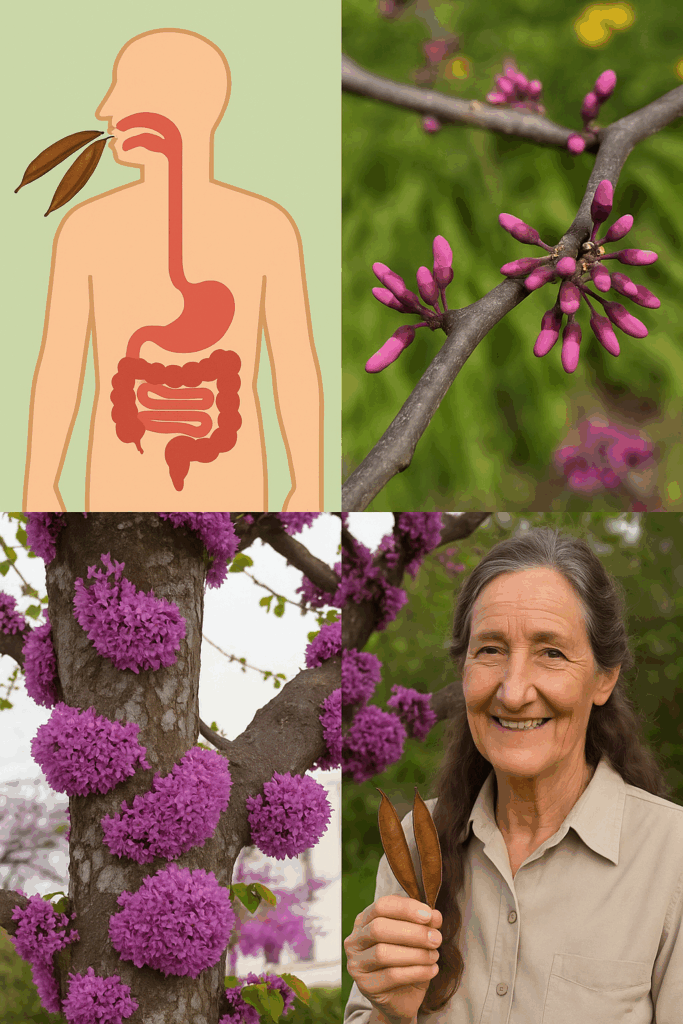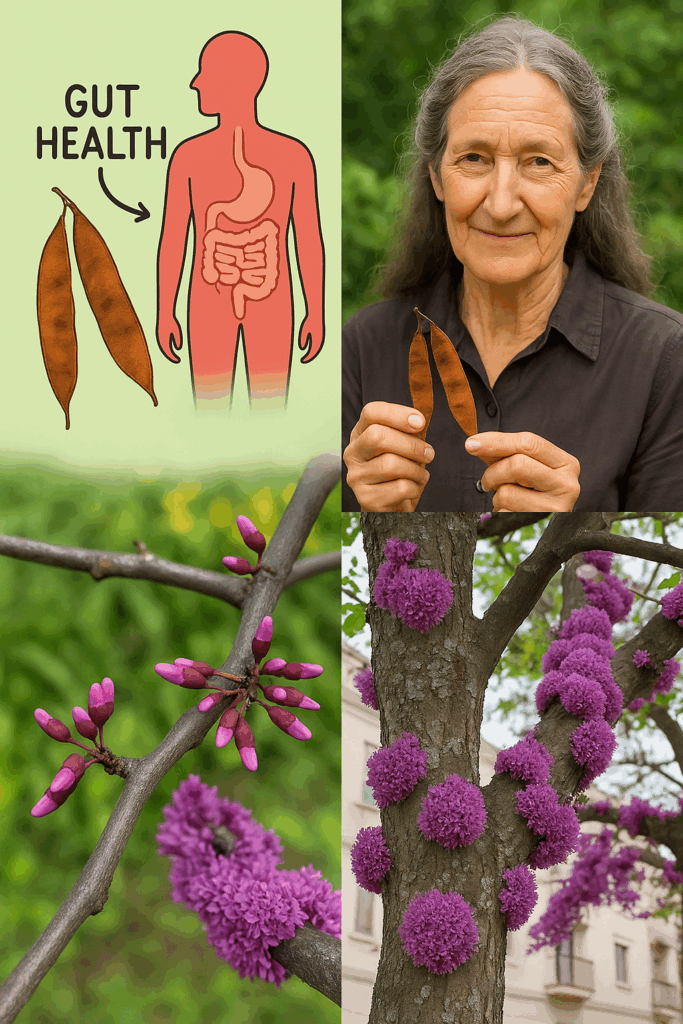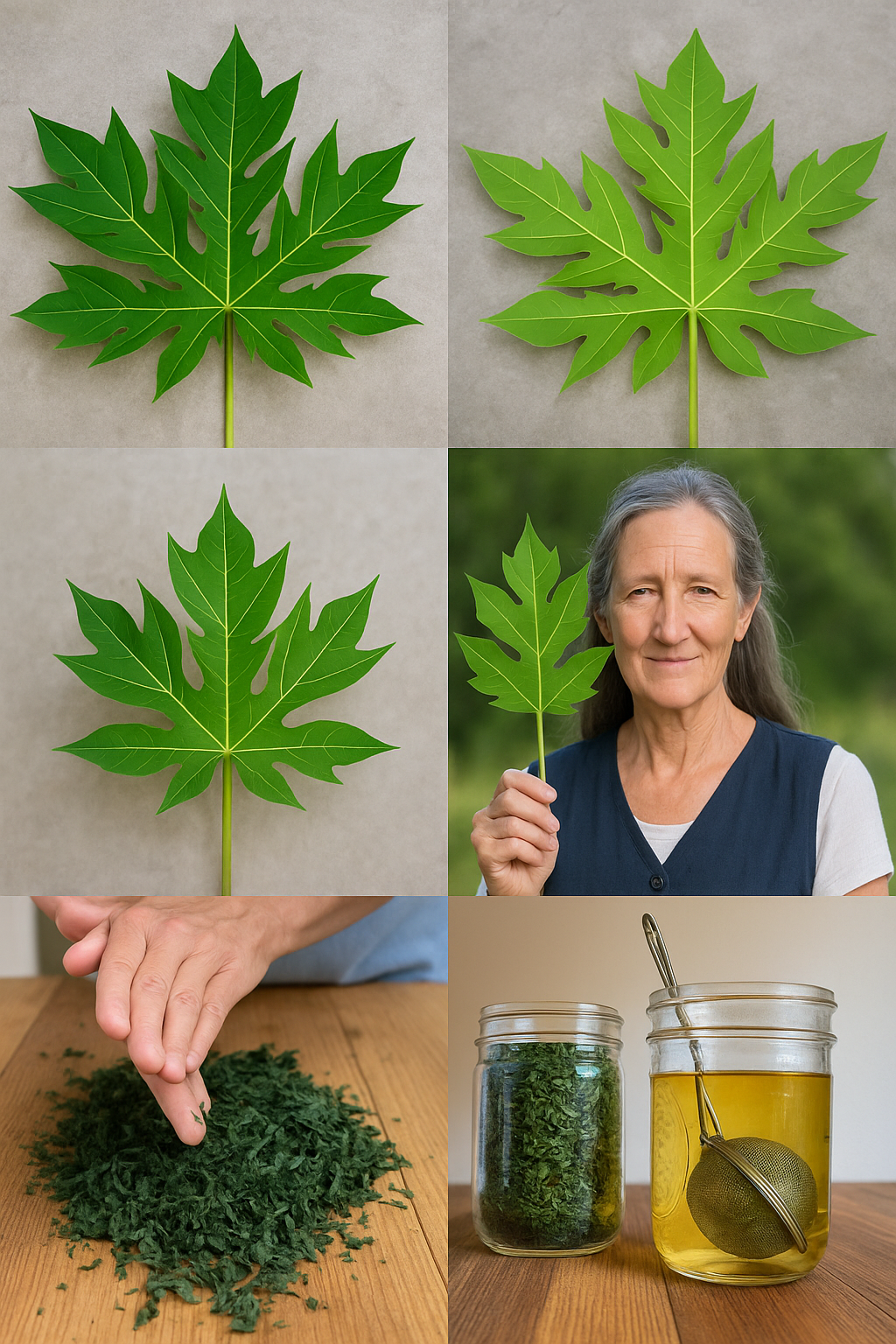As spring awakens, few sights rival the Eastern Redbud (Cercis canadensis), its branches bursting with vibrant pinkish-purple blossoms before a single leaf appears. Native to North America, this ornamental tree is a beloved fixture in landscapes, from urban gardens to rural woodlands. But beyond its stunning beauty, the redbud holds a wealth of practical and ecological benefits that make it far more than just a pretty face. From edible flowers to soil enrichment, this tree is a versatile ally for health, sustainability, and creativity.
Whether you’re a gardener, forager, or nature enthusiast, the Eastern Redbud offers unexpected gifts waiting to be explored. This guide uncovers its top 10 benefits and practical uses, showing you how to harness its potential responsibly while adding a touch of springtime magic to your life.

Why the Eastern Redbud Shines
The Eastern Redbud is a small to medium-sized deciduous tree, typically growing 20–30 feet tall, with a rounded canopy and heart-shaped leaves. Thriving in USDA zones 4–9, it’s native to eastern North America but adapts well to diverse climates. Its early spring blooms, edible parts, and ecological contributions make it a standout in both traditional and modern applications. Rich in antioxidants and part of the nitrogen-fixing legume family, the redbud is a sustainable powerhouse that deserves a spot in your garden and wellness routine.
Top 10 Benefits and Uses of Eastern Redbud
The Eastern Redbud offers a remarkable range of benefits, from culinary delights to environmental support. Here’s how this springtime beauty can enhance your life, along with practical ways to use it.
🌸 1. Edible Flowers for Culinary Creativity
The redbud’s vibrant blossoms are not only a feast for the eyes but also a delightful edible treat. With a tart, lemony, and slightly sweet flavor, these pea-like flowers are packed with vitamin C and antioxidants, supporting immune health.
How to Use:
- Toss fresh flowers into salads for a pop of color.
- Garnish yogurt, smoothie bowls, or cocktails.
- Decorate cakes or desserts for an elegant touch.
Tip: Harvest flowers in early spring when they’re tender and vibrant.
🌿 2. Young Seed Pods as a Foraged Delicacy
In early summer, redbud trees produce flat, pea-like seed pods that are edible when young and tender. These pods, similar to snow peas, offer a mild, green flavor and can be a unique addition to wild food dishes.
How to Use:
- Sauté young pods with olive oil and garlic for a side dish.
- Steam and toss into stir-fries or wild greens mixes.
- Pickle with vinegar and spices for a tangy preserve.
Tip: Harvest pods before they toughen, typically 2–3 weeks after flowering.
🍃 3. Traditional Medicinal Uses
In Indigenous and folk traditions, redbud bark and inner wood have been used as an astringent for minor ailments. While scientific studies are limited, historical uses include teas for digestive issues or poultices for skin irritation and swelling.
How to Use:
- Steep small amounts of inner bark in hot water for a mild tea (consult a professional first).
- Apply a poultice of crushed bark to minor skin irritations.
Caution: Internal use requires expert guidance due to potential risks.
🐝 4. A Lifeline for Pollinators
Redbud flowers bloom early, providing critical nectar and pollen for bees, butterflies, and other pollinators when few other plants are flowering. Planting a redbud boosts biodiversity and supports nearby crops.
How to Use:
- Plant redbuds near vegetable gardens to enhance pollination.
- Create a pollinator-friendly yard with redbuds as a centerpiece.
Benefit: Increases fruit and vegetable yields while supporting local ecosystems.
🪵 5. Sustainable Wood for Crafts
The redbud’s wood, with its rich brown and reddish hues, is prized by artisans for small-scale projects. Though not a commercial lumber source, it’s ideal for eco-friendly creations.
How to Use:
- Carve into small bowls, spoons, or walking sticks.
- Use in decorative home accents like picture frames.
- Source fallen branches to minimize environmental impact.
Tip: Work with seasoned wood to prevent cracking.
🌱 6. Soil Enrichment and Erosion Control
As a member of the legume family, redbuds fix nitrogen in the soil through their roots, enhancing fertility for nearby plants. Their deep root systems also stabilize slopes, making them ideal for erosion-prone areas.
How to Use:
- Plant redbuds in poor or degraded soils to improve nutrient content.
- Use on hillsides or riverbanks to prevent soil loss.
Benefit: Creates healthier, more resilient landscapes naturally.
🐦 7. A Haven for Wildlife
Redbud seeds are a food source for songbirds and small mammals, while the tree’s dense canopy offers nesting sites and shelter. It’s a valuable addition to wildlife-friendly gardens.
How to Use:
- Plant redbuds in backyards or parks to attract birds.
- Pair with berry-producing shrubs for a diverse wildlife habitat.
Benefit: Enhances local biodiversity and creates a vibrant ecosystem.

🔥 8. Kindling and Small-Scale Firewood
While not a primary firewood source, redbud wood burns hot and clean, making it suitable for kindling or small fires in stoves or fire pits.
How to Use:
- Collect fallen branches for quick-burning kindling.
- Use small logs for short, cozy fires.
Tip: Season wood for at least 6 months to reduce smoke.
🎨 9. Natural Dyes for Textiles
The redbud’s flowers and bark produce subtle, natural dyes, with blossoms yielding soft purple shades and bark offering light brown tones.
How to Use:
- Boil fresh flowers or bark in water to extract dye.
- Soak natural fabrics like cotton or wool in the dye bath.
Tip: Use a mordant like alum to set the color for lasting results.
🏡 10. Low-Maintenance Landscaping Star
Redbuds are a dream for gardeners, requiring minimal care once established. Their drought tolerance, pest resistance, and adaptability make them perfect for diverse settings.
How to Use:
- Plant in urban gardens, cottage landscapes, or wildlife sanctuaries.
- Use as a focal point or understory tree in mixed plantings.
Benefit: Adds year-round beauty with minimal effort.
How to Use Eastern Redbud at Home
Ready to bring the redbud’s benefits into your life? Here are practical, beginner-friendly ways to enjoy its gifts responsibly.
🥗 Edible Flower Salad
- Pick fresh redbud flowers in early spring.
- Rinse gently and toss into salads with greens, berries, and vinaigrette.
- Use as a garnish for desserts or drinks for a colorful touch.
🍲 Sautéed Seed Pods
- Harvest young, green pods in early summer.
- Sauté in olive oil with garlic and a pinch of salt for 5–7 minutes.
- Serve as a side dish or mix into stir-fries.
🌿 Astringent Bark Tea (With Caution)
- Scrape a small amount of inner bark from a fallen branch.
- Steep 1 tsp in 1 cup hot water for 10 minutes, strain, and sip sparingly.
- Note: Consult a healthcare provider before use due to limited research.
🌳 Pollinator Garden Planting
- Plant a redbud in a sunny or partially shaded spot with well-drained soil.
- Surround with pollinator-friendly plants like lavender or coneflowers.
- Water regularly until established, then enjoy its low-maintenance charm.
🪡 Natural Dye Project
- Collect fresh flowers or bark and boil in water for 30–60 minutes.
- Strain and soak fabric in the dye bath for 1–2 hours.
- Rinse and dry for a soft, earthy hue.
Safety and Responsible Use
While the Eastern Redbud offers exciting possibilities, caution ensures safe enjoyment:
⚠️ Edible Parts: Stick to flowers and young pods, as mature pods and seeds are tough and inedible. Always confirm identification before consuming.
🩺 Medicinal Use: Traditional uses of bark or wood lack modern scientific backing. Consult a healthcare provider before internal use, especially if pregnant, nursing, or on medications.
🌱 Sustainable Harvesting: Harvest sparingly from your own trees or with permission. Avoid damaging living trees, and use fallen branches when possible.
🌼 Allergies: Test for sensitivities by trying small amounts of edible parts first, as some may react to new foods.
Why the Eastern Redbud Matters Today
In an era of sustainability and connection to nature, the Eastern Redbud stands out as a multi-purpose marvel. Its edible flowers and pods offer a forager’s delight, while its ecological benefits—pollinator support, soil enrichment, and erosion control—align with modern environmental goals. For artisans and gardeners, its wood, dyes, and low-maintenance beauty inspire creativity and resilience.
The redbud also carries cultural significance, rooted in Indigenous traditions and cherished as a symbol of spring’s renewal. By incorporating it into your life, you’re not just tapping into a tree’s gifts—you’re honoring a legacy of harmony with the land.
Embrace the Eastern Redbud’s Springtime Magic
The Eastern Redbud (Cercis canadensis) is a testament to nature’s ability to blend beauty and utility. From its tart, edible blossoms to its soil-nourishing roots, this tree offers a wealth of benefits for health, creativity, and the environment. Whether you’re savoring its flowers in a salad, crafting with its wood, or planting it to support pollinators, the redbud invites you to engage with the natural world in meaningful ways.
Next time you see a redbud in bloom, don’t just admire its springtime splendor—consider the possibilities it holds. With responsible use and a touch of curiosity, this native treasure can become a vibrant part of your life, proving that even the most familiar trees can surprise us with their gifts.
Disclaimer: This article is for educational purposes only and does not constitute medical or dietary advice. Always consult a healthcare professional before consuming or using Eastern Redbud for medicinal purposes, especially if you have health conditions, are pregnant, or are taking medications. Harvest responsibly and respect local regulations to protect natural ecosystems.


